

All other natural fibres that are relevant to technology, excluding silk, are obtained as staple fibers. The average length of staple fibres is distinctive. In order to increase the friction between the individual fibres and create a staple fibre yarn, fibres are entangled during the spinning process, such as through rotation. Ring spinning, open-end spinning, friction spinning, and airjet spinning are some of the methods used to add the necessary number of turns per length to a spun yarn. The technology employed for spinning will determine a yarn’s properties.
It’s the initial step in the processing of fiber. Without endangering the fibres, this technique separates the cottonseed from the lint. It used to be done by hand and with other conventional devices like the “Foot Roller” and its modification, the “Churka.” However, three gins—saw gins, roller gins, and macarthy gins—have been quite popular since the mechanisation of the textile industry.
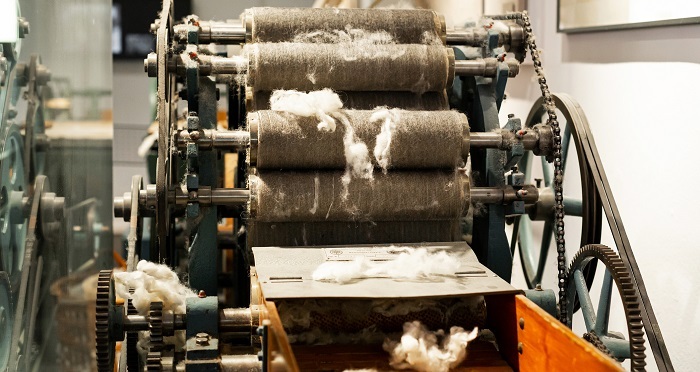
The freshly picked fibre is first transported to the ginning industry with its seeds and unwanted foreign materials like leaves, sticks, dirt, etc. The fiber’s moisture content is then measured, which determines the amount of heat to be applied to open the fibres, and then it is transported to air dryers to reduce the moisture content. The fibre is then cleaned of dirt and other foreign objects in the lint cleaner.Now that it has been cleaned, the fibre is prepared for separation. It is taken to the gin stand, where the lint and cottonseeds are separated. The clean fibre is then compacted hydraulically into 500-pound blocks known as bales. Depending on the machine’s capacity, 12 to 60 bales can be processed every hour.
In the spinning process, it is the initial step. The technique is carried out by an air process, as the name suggests. The compressed fibres are opened, cleaned, blended, or mixed, the micro dust is removed, and they are uniformly fed for the subsequent operation in the blow room.
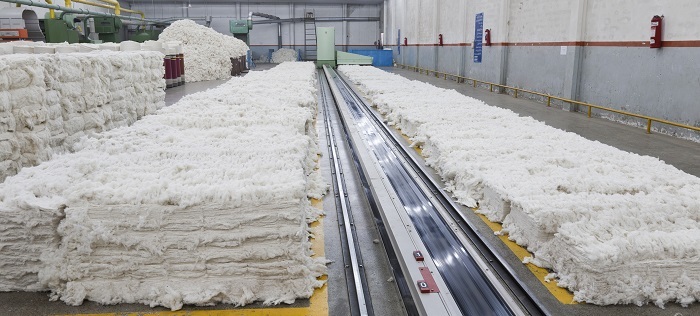
The following procedures take place in a blow room
A bale opener is used to execute the opening task. With relatively little lint loss, the crushed fibres are divided into little tufts during this process. It operates on the idea of grasping the fibre tufts with one set of teeth and dragging them across another set of teeth.
The cleaning procedure is carried out once the fibre has been exposed. The fibres are divided into little tufts, which makes it simple to remove the unwanted foreign particles. As a result, high-quality cotton fibres are produced
It refers to the holding together of different cotton fibre types during the spinning process. For instance, combining cotton fibres from India and America On the other side, blending is the process of combining different fibres of the same grade. As an illustration, consider the combining of wool or cotton fibres with polyester. The procedure results in high-quality yarn and lowers the cost of fibre.
The fibres are now supplied evenly to the following stage.
The second stage of spinning is carding. “Heart of spinning” is another name for it. The unoriented, loose cotton fibres take on a textile shape known as slivers during this carding stage.
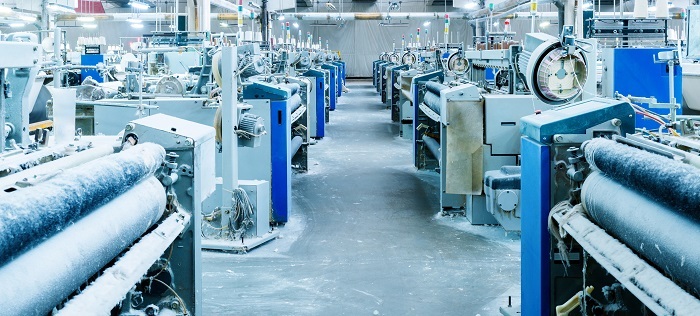
The card is composed of several wire-coiled cylinders. Small teeth have been carved into this wire, and each one moves a single fibre through the machinery. The wire-wound cylinders, acting in opposition to one another, along with the flats (a wire-covered service near the cylindrical wires), accomplish carding’s primary goal of aligning and parallelizing the fibres. Additionally, it gets rid of a lot of garbage particles. Laps are the uniform strips or flat sheets that are temporarily stored for the following operation.
The following tasks are completed by a combining machine: To arrange the fibres parallelly, the procedure straightens them once more. It separates the long-staple fibres’ short fibres by a specific amount of length.
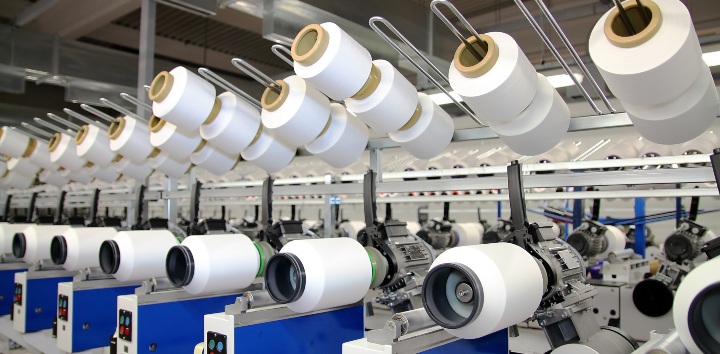
The leftover waste in the fibres is removed during the combining process. The blow room process creates neps, which are partially eliminated during the carding process. The neps are either straightened or deleted during the merging process. It enhances the yarn’s strength, texture, and quality.
The act of drawing involves straightening a collection of slivers by putting them through a set of rollers. The speed of rotation increases with each new set of rollers. It is the final step in the process of purifying the slivers and reducing their unevenness.
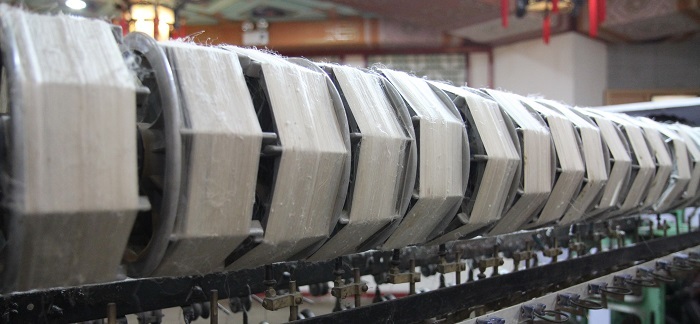
It is crucial for enhancing the strength, reducing imperfections, and reducing elongation at the break of the yarn. It generates the right slivers for the ring frame operation (next step). Drawing involves two steps
Doubling − It is the technique of creating one sliver from two or more carded slivers. One sliver, for instance, was created by feeding six to eight smaller slivers together.
Drafting − Drafting is the process of straightening the crimped and hooked strands found in the carded slivers, which lowers the fiber’s weight per yard.
Before winding, the fibre strands are strengthened with a little twist after the drafting process. As the bobbin rails are moved in the opposite direction to create conical shapes at both ends of the roving bobbin, the building system then transfers the roving onto the bobbin. The twisted roving is wound onto a bobbin, which is then easily accessible and carried on to the following step thanks to the bobbin packaging system.

The empty bobbins are put in place of the full bobbins once they have been manually or mechanically removed.
This is the last procedure in yarn manufacturing. The bobbins were then wound onto enormous cone-shaped yarn packets and transported to the clients for use.
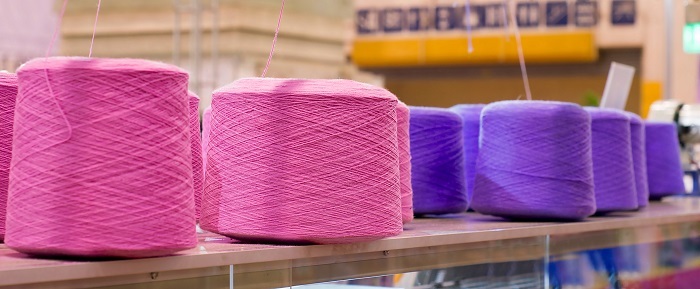
Electric scanners are used to remove any spinning flaws before shipping, and auto splicing is carried out for broken yarn pieces to get rid of cotton knots, weakly twisted yarns, and other impurities.
This brings us to our conclusion that spinning is the method used to turn fibre into yarn. Fibers are extracted from the cotton bulk and twisted, which brings the fibres together and creates yarn. In the textile industry, spinning is a crucial step in creating yarn by twisting the fibre strands removed from the fibres together.